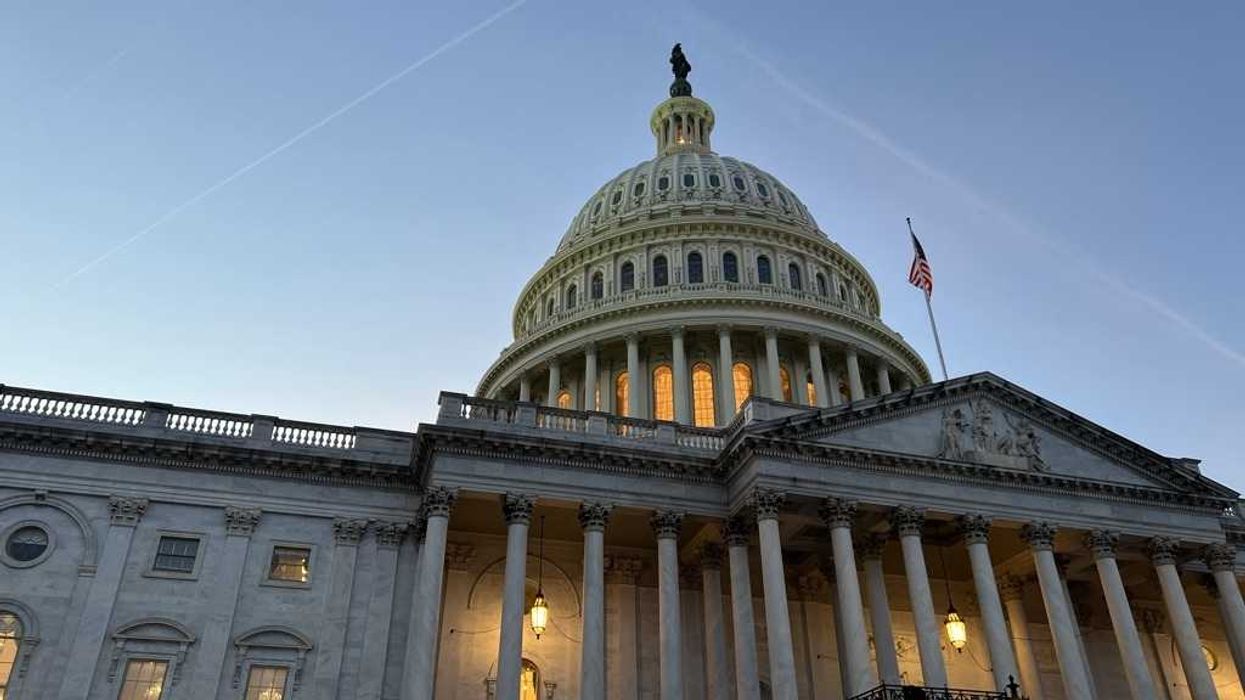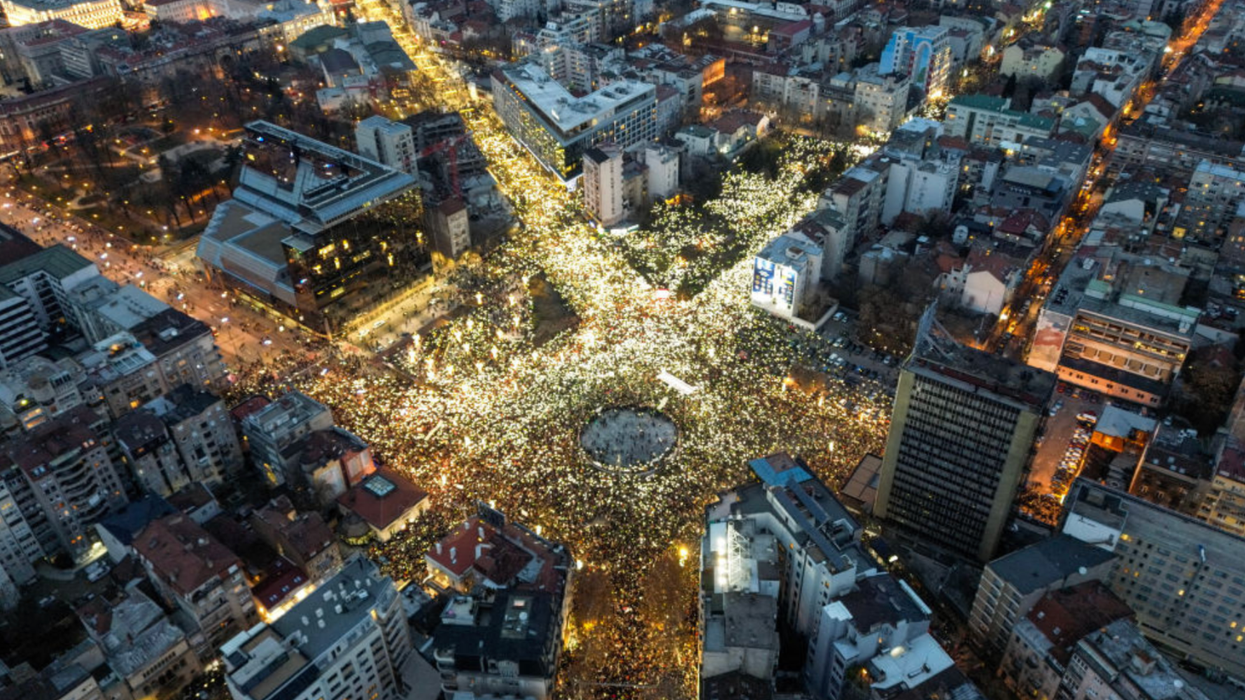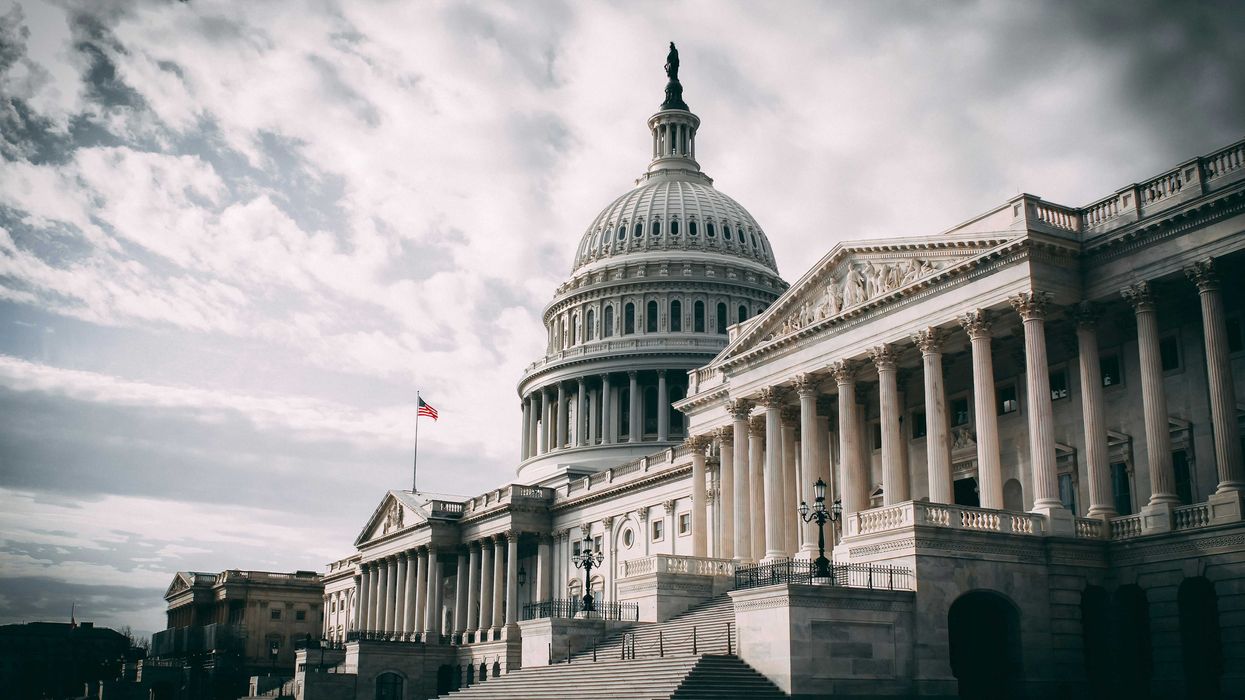Leland R. Beaumont is an independent wisdom researcher who is seeking real good. He is currently developing the Applied Wisdom curriculum on Wikiversity.
In the realm of politics, the rivalry between our two dominant political parties often resembles the spectacle and drama of a WrestleMania event. Like professional wrestlers vying for championship glory, these parties engage in heated verbal sparring and theatrical maneuvers while indulging passionate fanbases. However, as captivating as the political spectacle may be, it is essential to recognize that the current state of our political system is far from ideal. The intense competition and focus on winning elections have resulted in a polarized and dysfunctional political landscape that often fails to address the real issues faced by the nation.
One of the key parallels between WrestleMania and politics lies in the lack of genuine competition. The traditional two-party system has created a duopoly, where the focus is on maintaining power rather than delivering meaningful solutions to the people. This lack of competition stifles innovation and accountability, leaving voters with limited choices and entrenched party ideologies.
Furthermore, the quest for victory in politics often overshadows the pursuit of problem-solving. Political parties become more interested in defeating their opponents than collaborating on effective policies. As a result, we witness extreme stances, negative campaigning, and a growing sense of division among the electorate.
However, there is hope for reforming the politics industry and steering it toward a more constructive and accountable system. The book, The Politics Industry by Katherine M. Gehl and Michael E. Porter, presents transformative solutions that aim to address the core issues plaguing our political landscape.
The first proposal is to introduce open primaries, allowing all voters, regardless of party affiliation, to participate in candidate selection. This change would increase competition and force candidates to appeal to a broader range of voters, making them more responsive to the public’s needs and concerns.
Ranked-choice voting is another reform suggested in the book. By allowing voters to rank candidates in order of preference, this system reduces the spoiler effect and creates space for third-party candidates to compete more effectively. As a result, the political landscape becomes more diverse and representative of the people’s varied interests.
Addressing the problem of gerrymandering, the book recommends implementing independent
redistricting commissions. These commissions would draw electoral district boundaries impartially, eliminating the manipulation of district lines to favor one party over another. This measure would foster a fairer and more competitive electoral process.
Non-partisan leadership is a crucial aspect of the proposed solutions. By encouraging the appointment of non-partisan leaders and legislative committees, the focus shifts from ideological battles to evidence-based policy solutions. Such an approach ensures that decisions are made in the best interest of the people rather than party-driven interests.
Lastly, the book emphasizes the importance of adopting a customer-centric approach to politics. By viewing citizens as customers, politicians can concentrate on addressing the needs and concerns of the public. Building trust and delivering tangible results become the primary objectives, fostering a more constructive and accountable political landscape.
In conclusion, the similarities between our two political parties and WrestleMania highlight the dramatic and the theatrical nature of contemporary politics. However, this captivating spectacle should not distract us from the urgent need for reform. Our current political system is polarized and dysfunctional, with a focus on winning at all costs, rather than solving the real issues faced by the nation.
The solutions proposed in The Politics Industry offer a transformative path forward. By introducing open primaries, ranked-choice voting, and independent redistricting commissions, we can foster a more competitive and representative political landscape. Non-partisan leadership and a customer-centric approach will ensure that politicians prioritize the needs of the people over party interests.
Ultimately, by embracing these reforms, we can break free from the WrestleMania-like spectacle and move toward a more constructive and accountable politics industry—one that prioritizes the well-being of the nation and its citizens above all else. Only through such meaningful reform can we revitalize democracy and ensure a brighter future for our society.
ChatGPT contributed substantially to writing this essay.






















